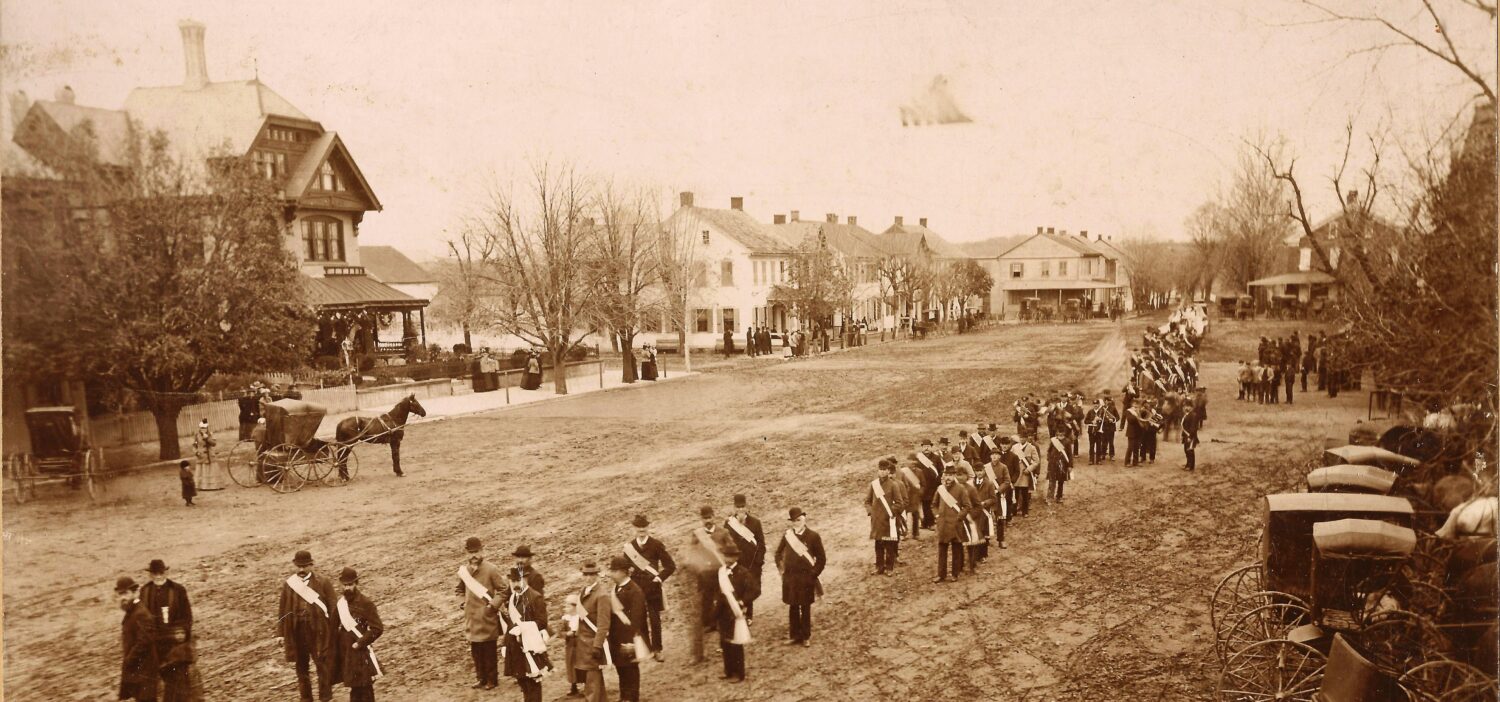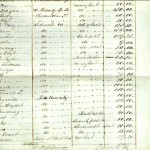With the landscape of today’s economic plight, coupled with the loss of numerous jobs, and the highest unemployment rate that our country has seen since the great depression-has afforded social historians a unique gaze into the window of our ancestor’s lives. Genealogists can gain an understanding of some of the ways in which our ancestors carried out their everyday lives, and how they survived during previous economic depressions-where the fortunes of so many have been gained and lost overnight.
*Under the constitutional provision that Congress shall have the power to establish “Uniform laws on the subject of Bankruptcies throughout the United States, (Article I, and Section 8).
Following the guidelines based on the United States Constitution, our nation has seen four separate Bankruptcy Acts become the law of the land -consisting of;
Act of 1800 followed the business disturbances of 1797;
Act of 1841, followed the Panic of 1837;
Act of 1867, the post Civil War period recession of 1866-1867
Act of 1898, the Panic of 1893 and the following years of depression
In these records, genealogist get a different look at individuals from a somewhat slanted prospective as this was often not a subject of family discussion, usually only talked about behind closed doors. Often the very word of bankruptcy had a certain stigma attached to it, and would be something not passed down from generation to generation.
The United States District and Circuit courts were created under the Judiciary Act of September 24, 1789. The jurisdiction and powers that these courts held varied with subsequent legislation that was passed. District courts generally held original jurisdiction over both admiralty and bankruptcy cases among other related suits. In 1891, the appellate jurisdiction of the circuit courts was transferred to the newly created circuit courts of appeals. The Judiciary Act of 1911 abolished the circuit courts and provided for the transfer of their records to the district courts-that had jurisdiction over civil, criminal, and bankruptcy actions. Each Bankruptcy act varied in regard to the regulations accompanied by each successive act. The last Act of 1898 is the one in which we operate today in these filings.
One individual who filed a successful petition under the Bankruptcy Act of 1841 inPhiladelphia,Pennsylvaniawas Edgar Allan Poe who lived there from 1838 to the spring of 1844. One the most successful years financially for Edgar Allan Poe occurred while he lived in New York City from 1844 to the spring of 1846. Inadvertently these same years were a period of time when New York was fast becoming a center for the arts. At the time of his arrival to the City in 1844, Poe was reasonably free of debt, having recently having filed a successful petition at the Federal District Court in Philadelphia, Pennsylvania during the winter of 1842, (a year after he wrote his now widely known work “Murders in the Rue Morgue”), under the statutes of the Bankruptcy Act of 1841. With his filed petition Poe was able to eliminate over two thousand dollars of personal and business debt-this amount being a sizeable sum of money in those days-considering that an average payment for one of his stories was roughly thirty dollars at that time. The fact that Poe was able to move beyond his abstract genre of writing and to facilitate the legal documentation required to file a successful petition during the short window of time the Bankruptcy Act of 1841 was in place, give us an interesting look into social history. The documents in his file show a rare, although somewhat human side of Poe that most historians and enthusiasts of his macabre writings would not see.
To access these this genealogical information, researchers must contact the National Archives inWashington,DC or one of twelve regional offices that dot the landscape of the United States. These documents are filed under the Records of the District Court of the United States (RG21) and cover a broad range of years from 1790 to the 1990’s. Locating these records can present a challenge as some have been moved over the years to other repositories because of space restrictions.
The following link below gives an overview of the records from the National Archives inWashington,DC contained within RG21.
National Archives-Records of the U.S. District Court
This information allows genealogists to tailor their research plans accordingly based on the details found on the Archives website. Genealogy research is not limited to names, dates, and places as the records of bankruptcy add a new dimension to lives of your ancestors. Discover some these great relatively untapped genealogy resources on your next research trip.



